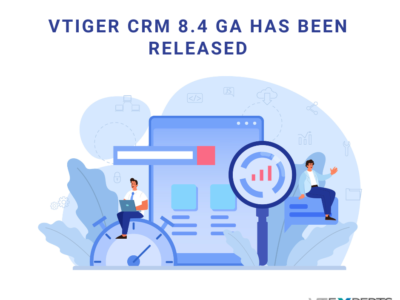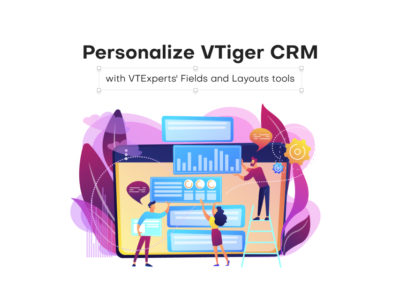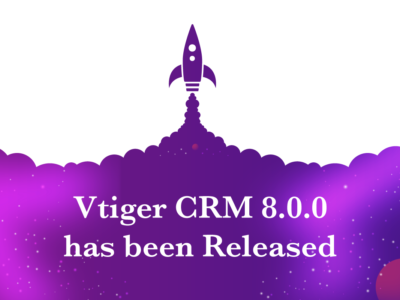Buyers may pass quickly or slowly through different stages of buying-decision-process, and some of those stages may even be reversed. It is much depended on the nature of the buyer, the product, and the buying situation.
Now we have a look at how buyers approach the a new product till its purchased. A new product can be a good, service, or an idea that is perceived by some potential customers as new. Marketer’s main interest is to know that how consumers learn about new products for the first time and make buying decisions on whether to adapt them. We can also define the adaptation process as a mental process through which an individual customer passes from the first learning about an innovation of a product to final adaptation, and adaptation as a decision by an individual to become a regular customer of the product.
Stages in the Adaptation Process
Buyers go through five stages in this process of adapting for a new product:
- Awareness: The customer becomes aware of the new products, but lacks in sufficient information about it.
- Interest: The consumer seeks information about a new product.
- Evaluation: The customers consider whether trying the new product makes sense.
- Trial: The customer tries a new product on a small amount to improve his or her estimate of its value.
- Adaption: The customer decides to make regular or full use of the new product.
This process suggests that the new-product marketers must think about how to facilitate their consumers move through these stages. A manufacturer of HDTVs may discover that many customers in the interest stage do not go to the trial stage because of uncertainty and the huge investment. If these same consumers were willing to use HDTVs on a trial basis for a small fee, the manufacturer could consider offering a trial-use plan with an option to buy.
Individual Differences in Innovativeness
People differ greatly in their willingness to try new goods and services. In each product area, there are consumption of pioneers and early adapters. Other individuals adapt these new products much later. The five adapter groups have differing values. Innovators are the adventurous – they try new product’s ideas at some risk. Early adapters are usually guided by respect – they are generally opinion leaders in their communities and they adapt new ideas early but carefully. The early majority are deliberate – even though they rarely are leaders, they adapt the innovative ideas before the average person. Late majority are dubious – they adapt an innovative product only after a majority of people have already tried it. Finally, the laggards are tradition bound – they are hesitant for changes and adapt the innovative ideas only when it has become something of a practice itself.
This classification of adapter suggests that an innovating business should research the all characteristics of the innovators and the early adapters, and they should try direct marketing efforts towards them. In general, innovators tend to be relatively young, better educated, and higher income than later adaptors and non-adapters. They are more approachable to new things, more rely on their own values and beliefs and judgment, and are more willing to take risks. They are fewer brands loyal and more likely to get advantages of special promotions such as coupons, discounts, and samples.






